Bone Scan Interpretation & Reporting

We pursue relationships based on transparency, persistence, mutual trust, and integrity with our employees, customers and other business partners.
We provide online interpretation and reporting of nuclear bone scans. Reporting will be done by nuclear medicine specialists from India and USA and reports will be delivered within 24-48 hours.
Bone scan/scintigraphy
Nuclear Bone Scan or Scintigraphy is one of the most frequently performed studies, is primarily a static nuclear imaging technique wherein 99mTc Methylene Diphosphonate (99mTc MDP) with a half-life of 6 hours and a total radiation dose of 0.3 rads is used as radiopharmaceutical.
Bone scan can detect mineral loss even in the range of 10-15%, in contrast to conventional radiographs which visualize a bony defect only after 35-50% of mineral loss. It can also detect the prognosis of the therapeutic interventions unlike any other imaging modality.
Dynamic imaging method too can be used for bone scanning, where a series of images are obtained as the distribution of radioactivity changes. Bone scans can also use SPECT technology where tomographic images are obtained in three planes (axial, coronal, and sagittal) which allow a more accurate interpretation and better localization of bone pathology.
Radiopharmaceutical is administered into a vein of hand or arm. Usually radiotracer takes 2-4 hours to circulate through the body and bind to the bones so that the images (scintigram) can be taken by a gamma camera. During the scan, camera rotate around the patient or it may stay in one position and patient is moved between images. While the pictures are taken patient should stay still.
Abnormalities are indicated by brighter or darker areas of bone where radiopharmaceutical uptake is more or less.
After the scan patient is asked to drink 4-6 glasses of water to remove any excess radiotracer from the body that does not travel to the bones. Before the scan begins patient is asked to empty the bladder to prevent any tracer in the urine which can block the view of pelvic bones.
Indications of bone scan/ scintigraphy are:
- Bone cancer or metastasis to bone from various other parts of the body such as breast, lung or prostate gland.
- Chronic unexplained bone pain.
- Fractures which are not seen clearly on other radiographs
- Bone infections and inflammations
- Bony metabolic diseases
Tell us about your requirement
Let us help you get your nuclear scans reporting needs fullfilled

